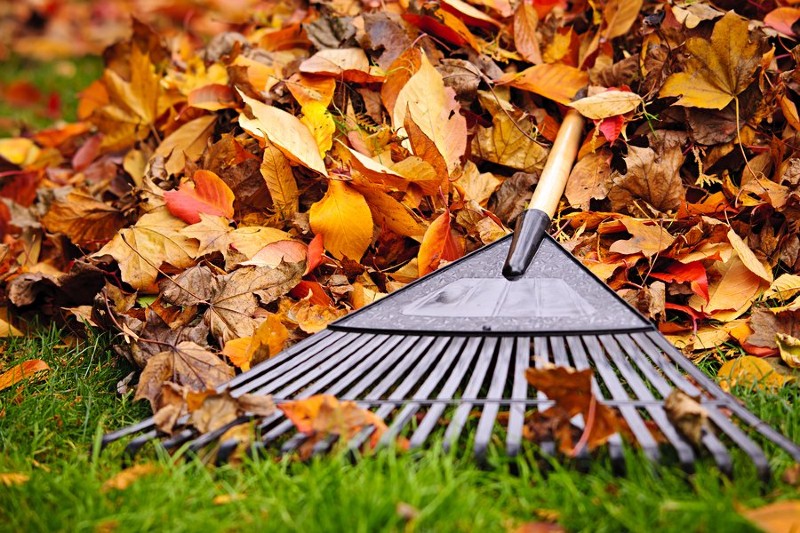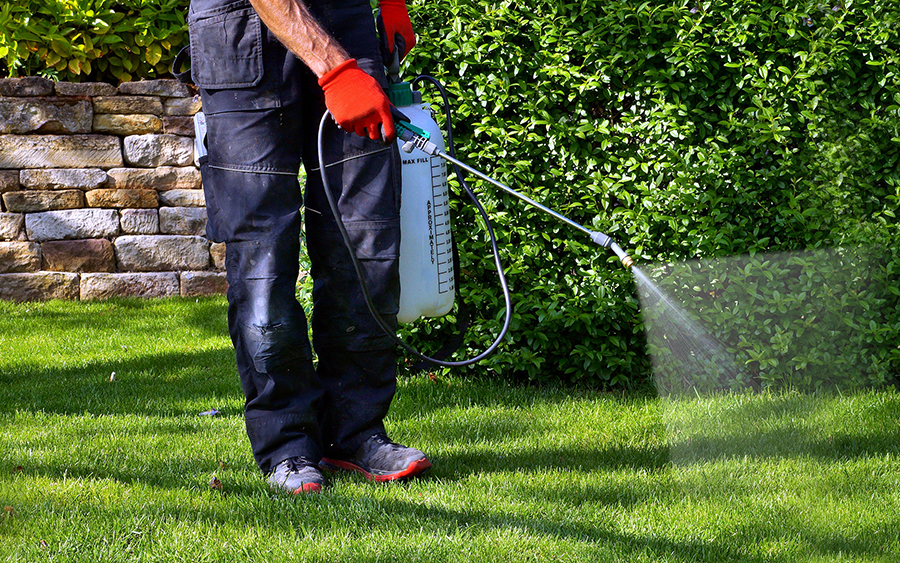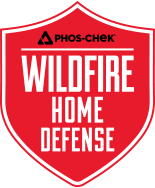What is the biggest threat to your home during a wildfire?
It may surprise you to know that flying embers are the main reason a majority of homes burn in a wildfire. Burning embers can travel for miles in the air and cause a fire to ignite and spread to your home.
According to the National Fire Protection Association and the USA FireWise Principles, follow these steps:
- Clean roofs and gutters of dead leaves, pine needles or debris that could catch embers.
- Replace or repair any loose or missing shingles or roof tiles to prevent ember penetration.
- Reduce embers that could pass through vents in the eaves by installing 1/8-inch metal mesh screening.
- Clean debris from exterior attic vents and install 1/8-inch metal mesh screening to reduce embers.
- Repair or replace damaged or loose window screens and cover boxed-in areas below patios and decks with wire mesh to prevent debris and combustible materials from accumulating.
- Move any flammable material away from wall exteriors or stored under decks or porches
- Keep lawns and native grasses mowed to a height of four inches.
- Remove vegetation under trees so they cannot reach or burn the crown.
- Tree should reach not closer than ten feet to the edge of your home or any structure.
- Dispose of heavy accumulations of ground litter/debris.
- Remove dead plant and tree material.
- Remove small conifers growing between mature trees.
- In addition to all the preventative property preparation, apply a proven, long-lasting fire retardant like PHOS-CHEK FORTIFY around the perimeter of your home and out-buildings. This is your best defense in protecting your property from the spread of wildfire.
Visit the NFPA site to learn more about creating defensible space: https://www.nfpa.org/Public-Education/By-topic/Wildfire

What every firefighter knows about wildfires.
Around 5 million acres burn every year in the United States, causing millions of dollars in damage. According to a report in Forbes magazine, fires can spread quickly – as fast as 14 miles an hour consuming everything in its path. If there is an upward-slope in the terrain, the flames can travel even faster; an extra 10 degrees of slope will double the speed of fire. As a fire spreads over brush and trees, it may take on a life of its own — finding ways to keep itself alive, even spawning smaller fires by throwing embers miles away.
Adding fuel to the fire.
There are three components needed for ignition and combustion to occur. A fire requires fuel to burn, air to supply oxygen, and a heat source to bring the fuel up to ignition temperature. Heat, oxygen and fuel form the fire triangle. Firefighters often talk about the fire triangle when they are trying to put out a blaze. The idea is that if they can take away any one of the pillars of the triangle, they can control and ultimately extinguish the fire. Wildfires spread based on the type and quantity of fuel that surrounds it. Fuel can include everything from trees, underbrush and dry grassy fields to homes.
Why wildfires spread so quickly.
The faster a fire heats up the material around it, the faster those materials can ignite. The dryness of the fuel can also affect the behavior of the fire. When the fuel is very dry, it is consumed much faster and creates a fire that is much more difficult to contain.
As a fire progresses, the heat dries out the material just beyond it causing moisture to evaporate. This makes the fuel easier to ignite when the fire finally reaches it.
Fires usually travel uphill much faster than downhill. The steeper the slope, the faster the fire travels. Fires travel in the direction of the ambient wind, which usually flows uphill. Additionally, the fire is able to preheat the fuel further up the hill because the smoke and heat are rising in that direction.
The fires can also spread to homes, jump cleared areas, or even cross natural firebreaks like rivers, leading to what’s known as an “ember attack.” When high-standing plant matter (like trees) catch fire, burning twigs, leaves, and pieces of debris can be carried large distances by the wind, still aflame after traveling tens or even hundreds of feet through the air. Any small, dry, easily flammable thing that it contacts can easily catch fire, from a leaf on another tree across a body of water to the dried pine needles in a house’s rain gutters. If the fire gets too close to a major city, it becomes much more an issue of rescuing and evacuating people than it does about saving homes and preventing property damage.

What can you do to protect your home from wildfires?
Follow all recommended steps to reduce risk in the ignition zones of your property. Apply a proven, long-term fire retardant like PHOS-CHEK FORTIFY to ensure you’ve done everything possible to prevent fire from spreading to your home and property.

